Charles Darwin’s theory of natural selection is a cornerstone of modern biology. Understanding this theory requires grasping several key concepts: variation within populations, heritability of traits, differential survival and reproduction based on those traits, and adaptation over time. Many educational resources exist to help students grasp these concepts, and among them, the “Darwin’s Natural Selection Worksheet” is a popular and effective tool. These worksheets often present hypothetical scenarios or real-world examples to prompt critical thinking about how natural selection operates. Let’s delve into the typical content and questions you might find on such a worksheet, and then we’ll explore the answers and the underlying principles they illustrate.
These worksheets typically cover the fundamental tenets of Darwin’s theory, including the overproduction of offspring, the limited resources available in an environment, and the resulting “struggle for survival.” They often involve scenarios involving peppered moths, finches on the Galapagos Islands, or antibiotic-resistant bacteria. Students are then asked to analyze these scenarios and explain how natural selection contributes to the observed changes in populations. They also probe the misconceptions that often accompany understanding natural selection, for example, the idea that individuals can evolve or that natural selection is a directed process with a specific goal.
By working through these problems, students develop their ability to apply scientific reasoning, analyze data, and formulate explanations based on evidence. The worksheet forces them to identify the selective pressures at play in each scenario, the variations that exist within the population, and the traits that confer a survival or reproductive advantage. More complex worksheets can even ask students to predict how a population might evolve over multiple generations under different environmental conditions. The goal isn’t just rote memorization, but a deeper understanding of how evolution actually works in the real world.
Understanding the Answers to Darwin’s Natural Selection Worksheet
Let’s examine some common types of questions found on these worksheets and consider how the answers reinforce Darwin’s theory:
Example Questions and Answers (Hypothetical Scenario: A population of beetles)
Imagine a population of beetles living in a forest. There is variation in color: some beetles are brown, and some are green. Birds eat the beetles. Initially, there are roughly equal numbers of brown and green beetles. Over time, the number of brown beetles increases, and the number of green beetles decreases.
- Question 1: What variation exists within the beetle population?
- Question 2: What is the selective pressure acting on the beetle population?
- Question 3: Which color beetle has a higher fitness in this environment, and why?
- Question 4: How does this scenario demonstrate natural selection?
- Question 5: If the forest experienced deforestation, changing the background from green to brown, how would the beetle population likely change over many generations?
The following HTML list provides example answers to these questions:
Darwin’s Natural Selection Worksheet Answers
- Question 1: What variation exists within the beetle population?
Answer: The beetles exhibit variation in color; some are brown, and others are green.
- Question 2: What is the selective pressure acting on the beetle population?
Answer: The selective pressure is predation by birds. Birds are more likely to see and eat beetles that contrast with their environment.
- Question 3: Which color beetle has a higher fitness in this environment, and why?
Answer: The brown beetles have a higher fitness in this environment. They are better camouflaged against the forest background and are therefore less likely to be eaten by birds. This allows them to survive and reproduce more successfully.
- Question 4: How does this scenario demonstrate natural selection?
Answer: This scenario demonstrates natural selection because beetles with a trait (brown color) that provides an advantage in the environment (camouflage) are more likely to survive and reproduce. As a result, the frequency of the brown beetle trait increases in the population over time. The environment “selects” for the brown beetles.
- Question 5: If the forest experienced deforestation, changing the background from green to brown, how would the beetle population likely change over many generations?
Answer: If the forest experienced deforestation and the background changed from green to brown, the advantage of being brown would be even greater. Over many generations, we would expect the population to consist almost entirely of brown beetles. The green beetles would become less common or even disappear from the population as they would be easier for predators to spot.
The answers highlight the critical elements of natural selection: variation, heritability (implied, as color is a trait that can be passed down), and differential survival and reproduction (brown beetles are more likely to survive and reproduce). They also illustrate how a change in the environment (deforestation) can shift the selective pressures, leading to further evolution of the population. By carefully considering these questions and answers, students can solidify their understanding of this fundamental evolutionary process and appreciate its power to shape the diversity of life on Earth.
If you are looking for How Charles Darwin Mentally Overachieved his Starting IQ you’ve came to the right place. We have 20 Pictures about How Charles Darwin Mentally Overachieved his Starting IQ like Evolution – Mind Map, La teoría de Charles Darwin: Descubre su significado y relevancia hoy and also La teoría de Charles Darwin: Descubre su significado y relevancia hoy. Read more:
How Charles Darwin Mentally Overachieved His Starting IQ

fs.blog
33 Interesting Bio Facts About Charles Darwin, Evolutionist – Biography

www.biographyicon.com
Las Mejores Frases Y Reflexiones De Charles Darwin

asipensabanlossabios.com
Charles Darwin – Rilogeo

rilogeo.weebly.com
Charles Darwin Evolution Theory -Fotos Und -Bildmaterial In Hoher
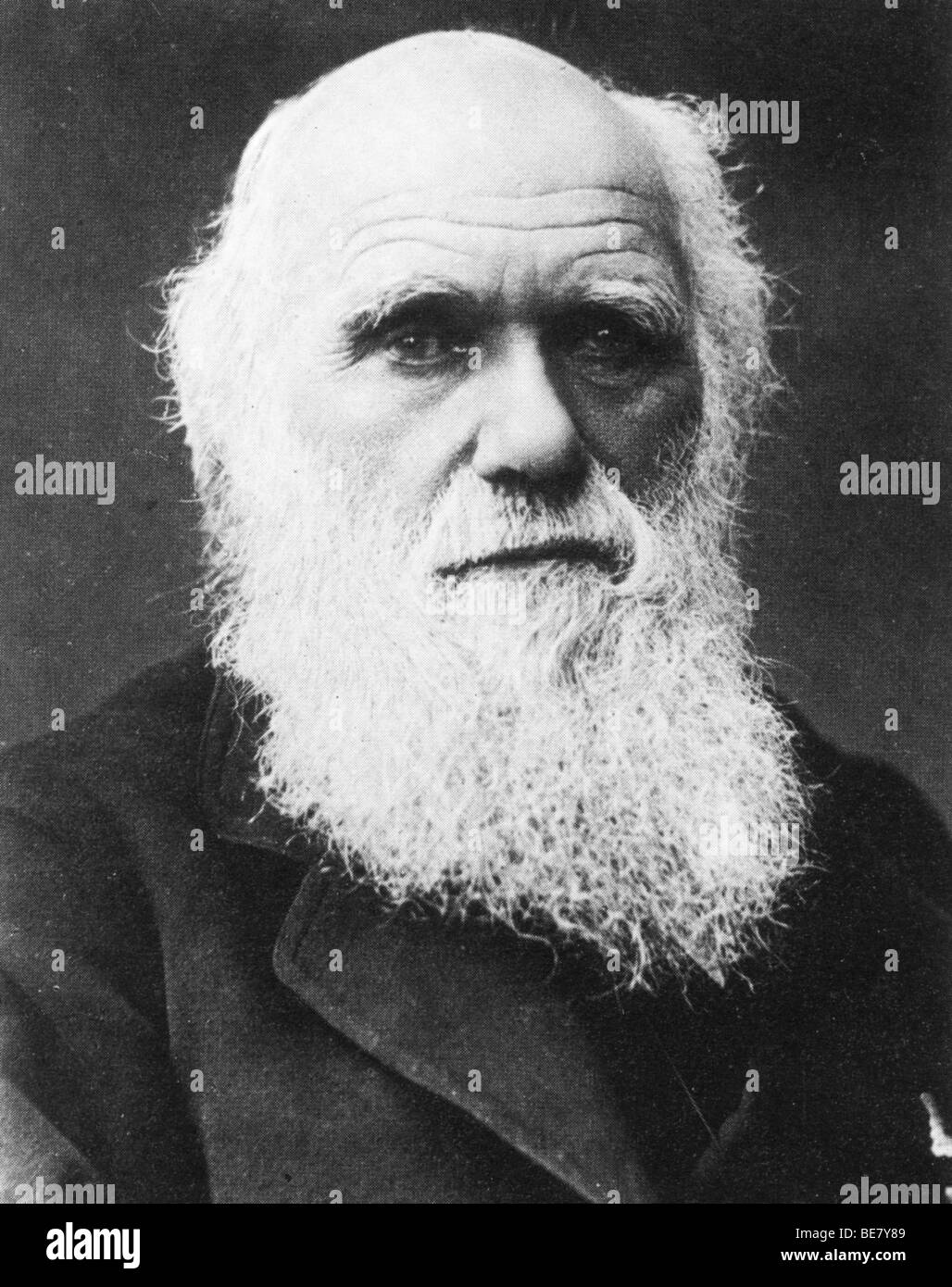
www.alamy.de
Charles Darwin – Evolutionary Biologist | British Heritage
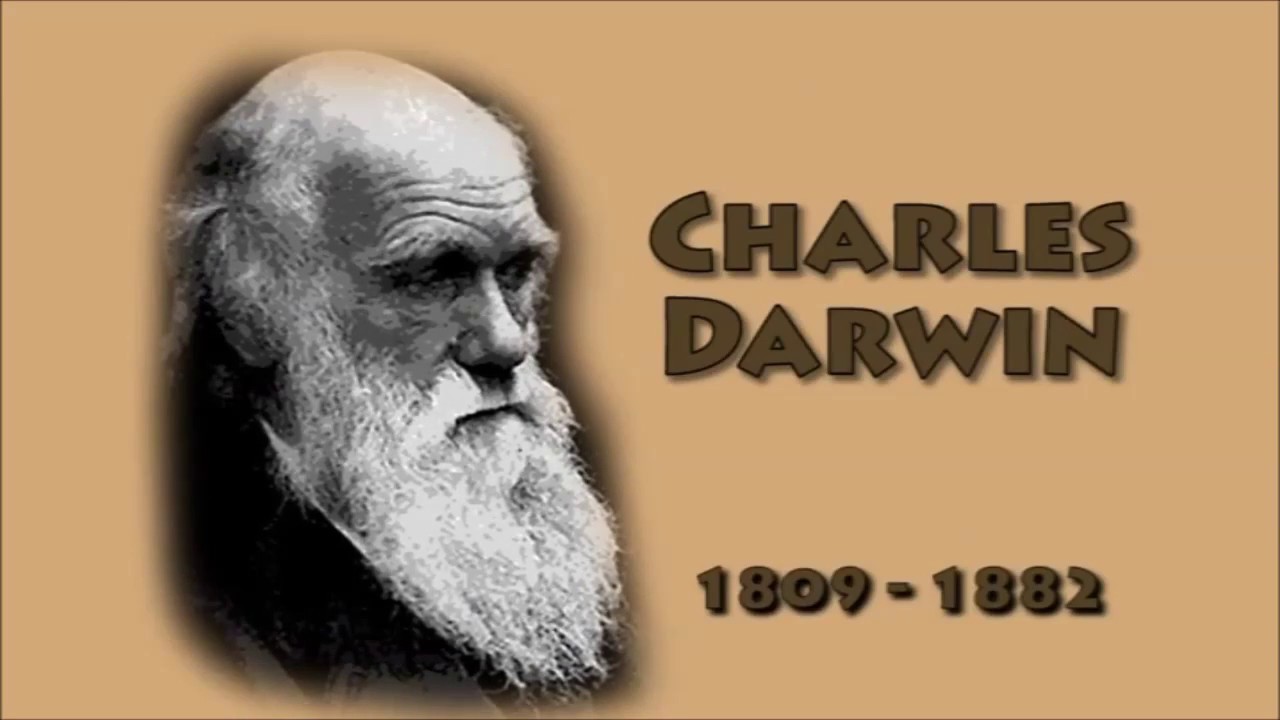
britishheritage.org
Charles Darwin: 5 Key Facts About His Life And Work

www.thecollector.com
Teoría De La Evolución De Darwin: Selección Natural En La Biología

www.eurekando.org
Charles Darwin’s Most Important Contributions To Philosophy
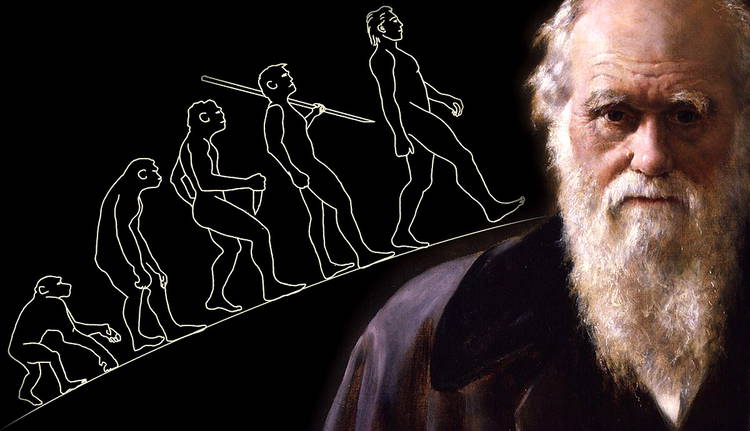
www.thecollector.com
Charles Darwin: Quién Fue, Teorías Y Descubrimientos
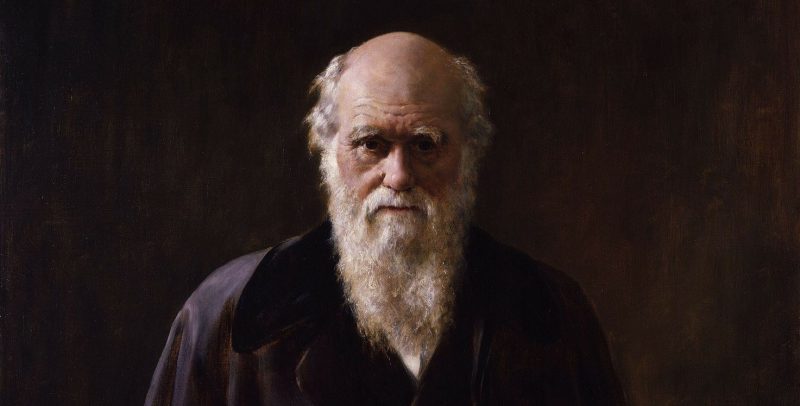
humanidades.com
An 1877 Photograph Of Famous English Naturalist, Biologist And

co.pinterest.com
Life And Work Of Charles Darwin | Britannica

www.britannica.com
Charles Darwin In College
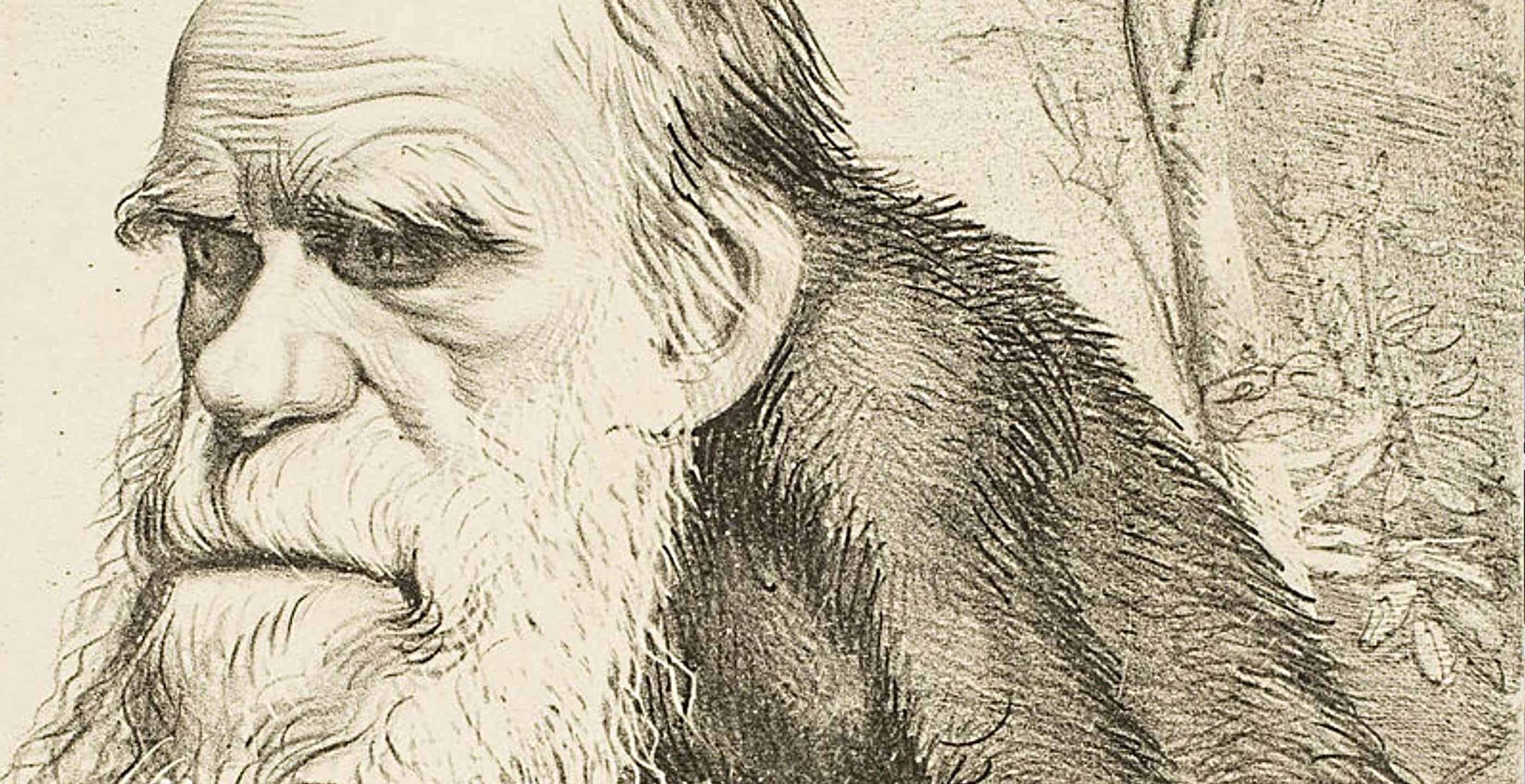
ar.inspiredpencil.com
10 Datos Que No Imaginabas Sobre Charles Darwin
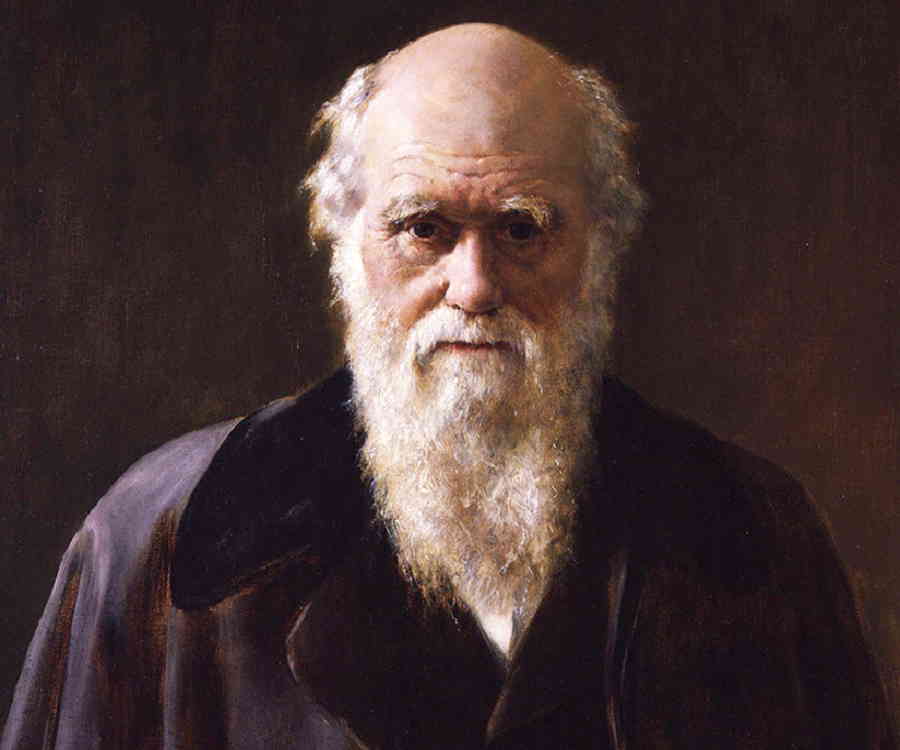
geoscuriosidades.blogspot.com
La Teoría De Charles Darwin: Descubre Su Significado Y Relevancia Hoy
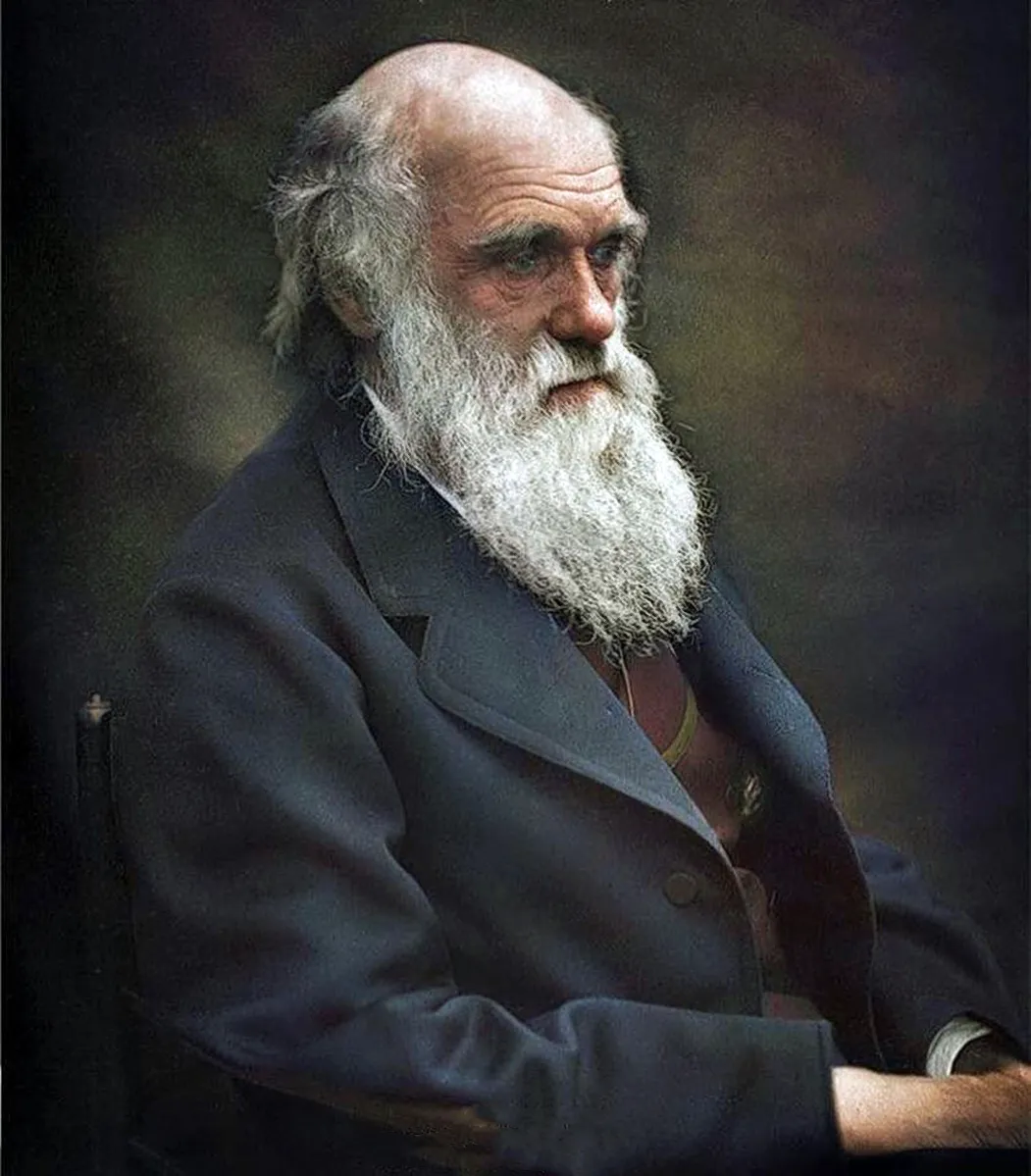
teoriaonline.com
Evolution – Mind Map
/CharlesDarwin-5c2c3d7e46e0fb0001a343e3.jpg)
www.mindomo.com
The Rewind: Charles Darwin's Most Memorable Quotes | Anglophenia | BBC
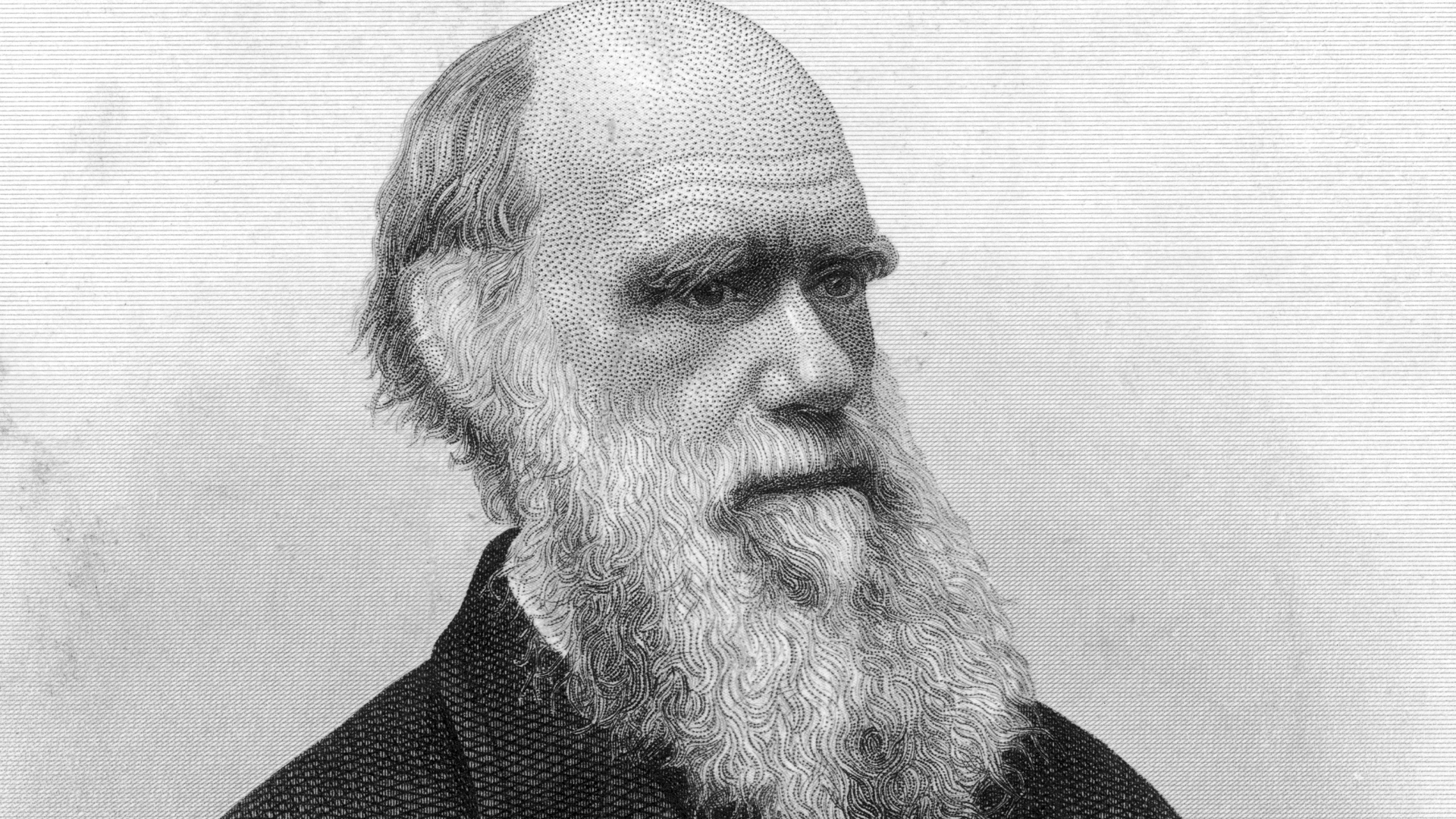
www.bbcamerica.com
Photo Of Butch Cassidy's Wild Bunch In Color, 1900 – HistoryColored

historycolored.com
Charles Darwin Facts | Britannica

www.britannica.com
買物 Darwin Kids-nurie.com
:max_bytes(150000):strip_icc()/Charles-Darwin-3000-3x2gty-58b9982e5f9b58af5c6a277f.jpg)
kids-nurie.com
Teoría de la evolución de darwin: selección natural en la biología. Charles darwin facts. Las mejores frases y reflexiones de charles darwin